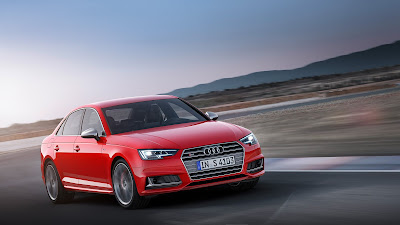Mercedes SLK Review - Now in its third generation, the Mercedes SLK has carved itself a niche as a comfortable, stylish roadster, which is particularly good to live with day-to-day thanks to its folding hard top roof. And, despite MERCEDES mastering the tin-top roadster in the 90s, all its rivals, like the BMW Z4 and Audi TT roadster still come with a soft top. So, is that alone enough of a reason to choose the Merc? Time to go for a drive. It's a cold October morning, so we're starting with the roof up, and you know what, you can see why MERCEDES' engineers came up with this design, because it really does feel like driving a coupe. Definitely a small coupe though, because it's quite snug in here and you sit very low to the ground. Mercedes offers x petrol engines, but we're in the 250d, which is really popular in the UK thanks to its punchy performance and spectacular economy, which sets it apart from all its rivals except for the TT. At first it's a bit odd hearing the diesel, especially when the roof is down, but Mercedes has done a good job of hushing any clatter and you soon get used to its muted growl. In fact, after a while I found myself enjoying the way you can whizz through the countryside at the crack of dawn, almost like you're in 'stealth' mode, without any loud cracks from the exhaust. Acceleration to 62mph takes 6.6 seconds, but the most important pub fact is xxxNM, which is how much torque it sends to the rear wheels. Oh, and there's now a standard 9-speed auto, which is smoother and faster than the old 7-speed tiptronic box, has nicer shifter paddles and improves the mpg to 64.2mpg How's the handling? Well, your opinion will probably depend on how you approach the Mercedes SLK. This car is fitted with AMG sport suspension and wheels, but it steel feels like a small grand tourer rather than an aggressive sports car.
As a road car it works well, with lots of grip, enough comfort and precision to be satisfying and appeal to a wide range of drivers. What it isn't, is a car you'll take on track at the weekend, so if that's you, the Boxster will be more your thing. Nope, drop the roof, and the SLK is happiest at 70 or 80 per cent effort, threading between the hedges letting you soak up the sun, on those rare occasions we get any sun of course. Cruising along also gives you chance to enjoy the sLKs other big strength, it's well-finished interior, which takes its styling cues from the SLS supercar. With black leather, a really good to hold steering wheel and clear dials, this is a Roadster which treads a happy line between luxury and sportiness. This brushed aluminium not only looks expensive, but it feels it, because it's cold to the touch. The controller wheel for the COMAND system is intuitive to use, as are the climate control knobs, but there are quite a few buttons to get used to. The switch for the roof, thats neatly hidden under this leather flap, to avoid any accidental knocks. And, one thing you can't see, but you can feel, is the fact the SLK is shaped so the breeze goes over your head without spilling into the cabin and ruffling the you and your passenger even at fairly high speeds.
The boot is easy to load items into and big enough for a weekend away, with 335 litres of space when the roof is up. But, if you want to stow the roof it shrinks to 225 litres and you need to pull this safety device down. The SLK isn’t cheap, costing from £33,020 for the 250d, while the range-topping AMG 55 is much pricier at £55k. It’s undercut by the Audi TT Roadster, which starts from £27,150, while the BMW Z4 costs from £29,690, but there are attractive finance deals available, which make the SLK more affordable than it first appears. The SLK offers drivers a small and affordable Roadster, which has feels expensive and looks stylish and has boasts comfort than its rivals. It's appeal doesn't lie in its ability to set track lap times, or ultimate handling precision, but just how easy and rewarding it is to own for the everyday driver. Thanks for read Mercedes SLK Review.






























